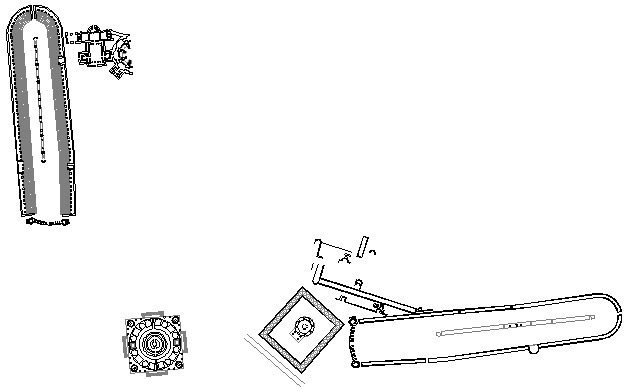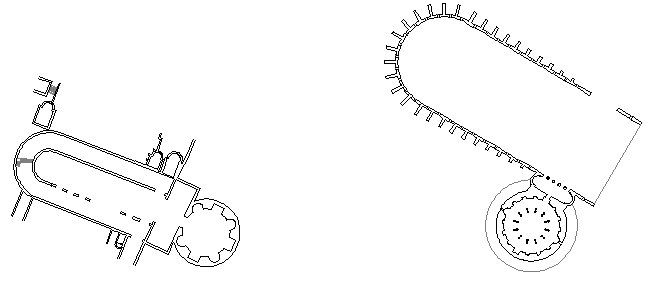Quondamopolis | The Plays of Nicholas Breakspear |
|
| 28 October | 2013.10.28 18:59 |
|
28 October 306: the Senate and the Praetorian Guard in Rome proclaim Maxentius as emperor princeps.
|
|
|
28 October 312: Maxentius offers battle with Constantine outside the gates of Rome near the Milvian Bridge. Maxentius suffers total defeat, himself drowning in the Tiber.
|
|
| It is on record that the yearly commemorative feasts of saintly death days quickly evolved into quite exorbitant, if not all out drunken, several-day-long affairs, thus, by the beginning of the fifth century, Rome's somewhat unique circus-shaped basilica/graveyards were deemed inappropriate for 'church' architecture, closely coinciding with (St.) Augustine's writing of The City of God Against the Pagans. |
|
3200d
| Quondam © 2017.11.27 |


